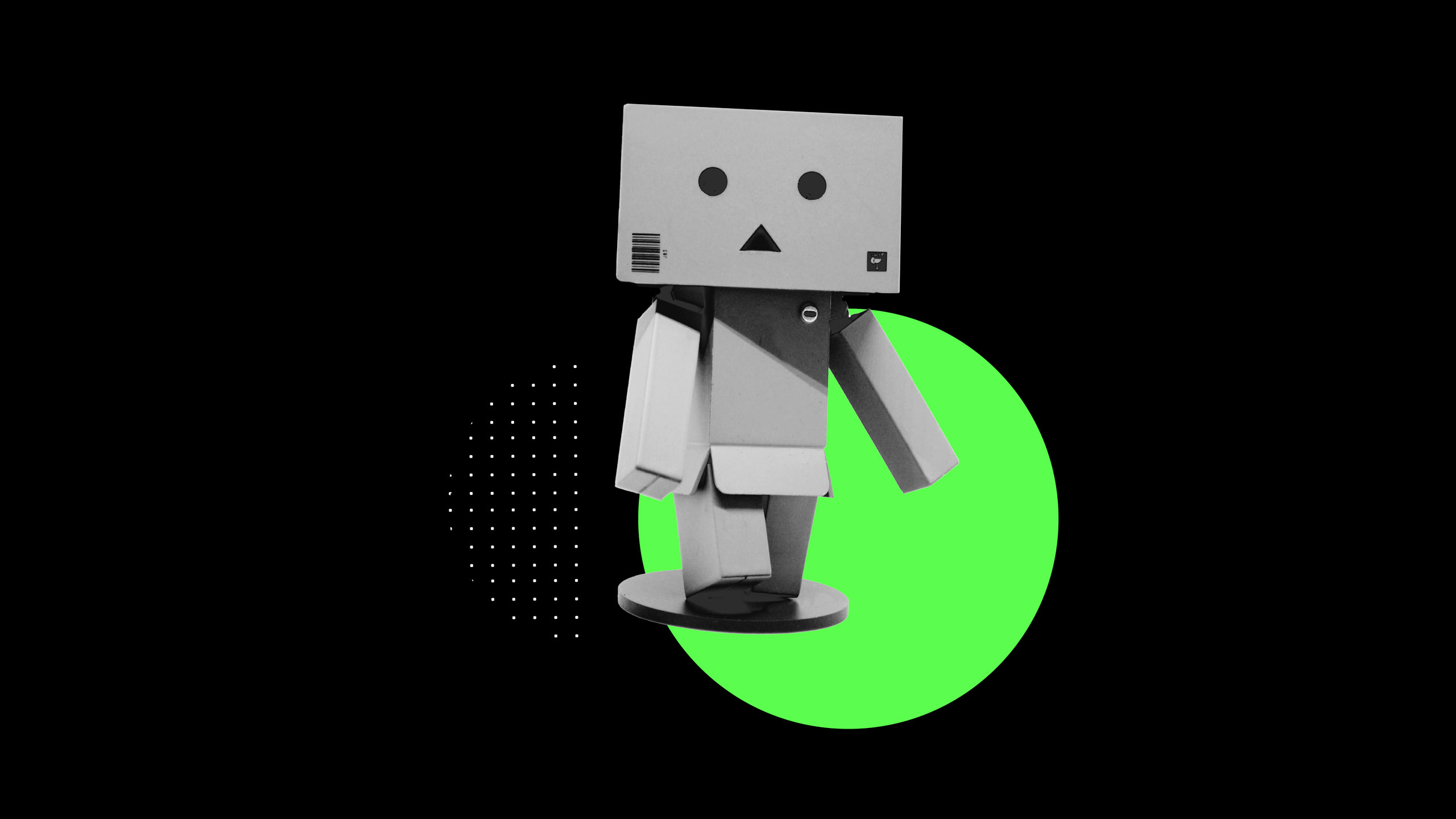
How Process Mining Can Help Connect the Dots in Your Customer Journey
Your customers’ journeys are more complicated than ever, and your customer journey maps aren’t dynamic enough to see what’s happening in real-time. Process mining can help.
Customer experience (CX) is vital to your business doing well. In Salesforce’s State of the Connected Customer 4th edition, 2021, 79% of consumers and 85% of business buyers agreed with the statement: “The experience a company provides is as important as its service or product.”
This means you need to be delivering great CX at every stage of the customer journey, which is easier said than done in 2022. Let’s look at the typical stages of a customer journey, see where your CX could be falling through the cracks, and how process mining can help you fix it.
The stages of a customer journey
There are a number of different models out there for what constitutes a customer journey, and for what we’re talking about here we don’t need to bash out the finer details of which one is right. For the sake of argument, let’s use this one:
Awareness: Your customer first discovers you exist. It could be from an ad, word of mouth, seeing someone using your product.
Consideration: They’re thinking about buying. This means researching your offering, seeing how it compares to your competitors, maybe trying it out.
Decision: They make a purchase. You pop the champagne.
Service: They need to talk to someone about their purchase. They want to know how it works, do some troubleshooting, arrange a replacement if it’s broken.
Loyalty: They’re thinking about buying another thing, or sharing their experience with more people.
The gaps in your customer journey
As you’re looking through that list, it’s easy to see all the places where good CX can fall through the gaps. Even just taking the ‘consideration’ stage in isolation, your customer could watch your videos on YouTube, go on your website, visit a store to see a product in the flesh.
That’s a lot of disconnected customer touchpoints across a lot of channels.
The same is true for ‘service.’ They could end up talking to three or four people across different departments, who may not be totally aligned, leading to a frustrating experience for your customer.
Clearly, you need a way to make sure you connect all these dots so your customers have one experience, not 50 fragmented ones.
Where customer journey maps fall short
A very common way to create a unified customer journey is using customer journey maps. These are great for identifying what your customer journey really looks like, and identifying issues, but they don’t help you actually solve the issues, just give you better visibility. They’re also outdated as soon as the ink dries, so you either have to spend time and energy constantly updating them, or use outdated maps. Neither are ideal.
Better customer journeys with process mining
Here’s where process mining can help. It gives you an X-Ray of every process that touches your customer’s journey in real-time, so you can see exactly what’s going on.
It helps you reveal and fix the hidden inefficiencies in your processes, so you can create totally seamless customer journeys that delight your customers.
And if you go one step further from process mining into execution management, you can even automate the parts of your customer journey that are best suited to automation, leaving your people free to focus on work that drives the most value.
Want to know more? Check out What is Process Mining






